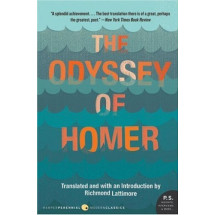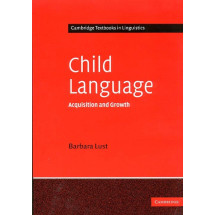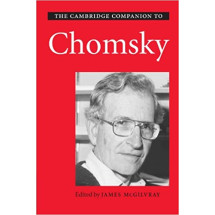How do groups of neurons interact to enable the organism to see, decide, and move appropriately? What are the principles whereby networks of neurons represent and compute? These are the central questions probed by The Computational Brain. Churchland and Sejnowski address the foundational ideas of the emerging field of computational neuroscience, examine a diverse range of neural network models, and consider future directions of the field. The Computational Brain is the first unified and broadly accessible book to bring together computational concepts and behavioral data within a neurobiological framework.Computer models constrained by neurobiological data can help reveal how -networks of neurons subserve perception and behavior - bow their physical interactions can yield global results in perception and behavior, and how their physical properties are used to code information and compute solutions. The Computational Brain focuses mainly on three domains: visual perception, learning and memory, and sensorimotor integration. Examples of recent computer models in these domains are discussed in detail, highlighting strengths and weaknesses, and extracting principles applicable to other domains. Churchland and Sejnowski show how both abstract models and neurobiologically realistic models can have useful roles in computational neuroscience, and they predict the coevolution of models and experiments at many levels of organization, from the neuron to the system.The Computational Brain addresses a broad audience: neuroscientists, computer scientists, cognitive scientists, and philosophers. It is written for both the expert and novice. A basic overview of neuroscience and computational theory is provided, followed by a study of some of the most recent and sophisticated modeling work in the context of relevant neurobiological research. Technical terms are clearly explained in the text, and definitions are provided in an extensive glossary. The appendix contains a pr?is of neurobiological techniques.Patricia S. Churchland is Professor of Philosophy at the University of California, San Diego, Adjunct Professor at the Salk Institute, and a MacArthur Fellow. Terrence J. Sejnowski is Professor of Biology at the University of California, San Diego, Professor at the Salk Institute, where he is Director of the Computational Neurobiology Laboratory, and an Investigator of the Howard Hughes Medical Institute.
Patricia Smith Churchland is Chair of the Philosophy Department and the UC President's Professor of Philosophy at the University of California, San Diego, and Adjunct Professor at the Salk Institute. She is past president of the American Philosophical Association and the Society for Philosophy and Psychology.
Terrence J. Sejnowski is Francis Crick Professor, Director of the Computational Neurobiology Laboratory, and a Howard Hughes Medical Institute Investigator at the Salk Institute for Biological Studies and Professor of Biology at the University of California, San Diego.














